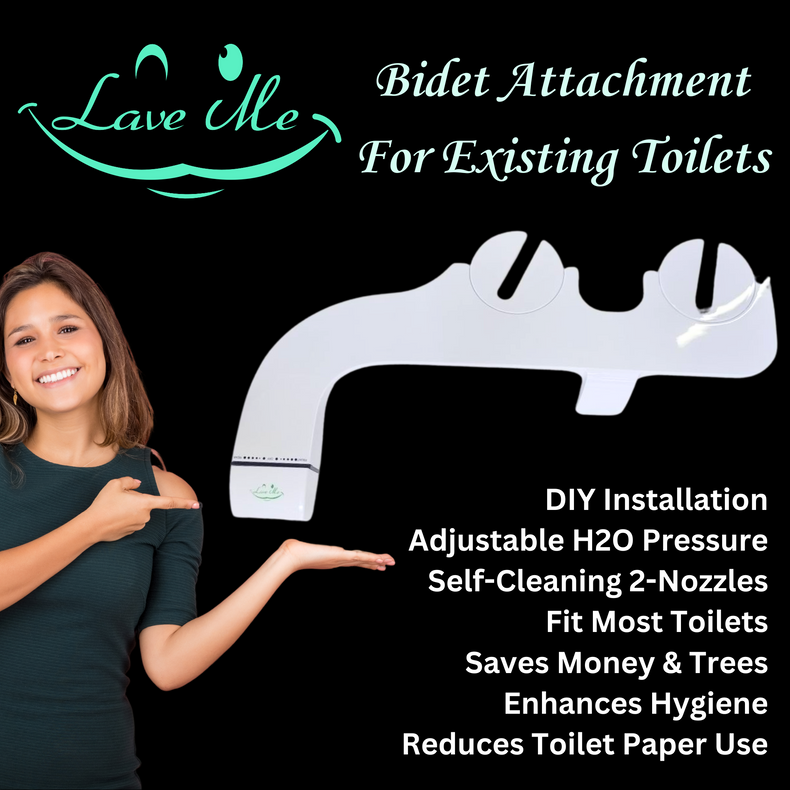A bidet attachment is a device designed to be installed on a standard toilet, providing a hygienic and efficient alternative to traditional toilet paper. Let's delve into how a bidet attachment typically works:
- Installation: The bidet attachment is installed on the existing toilet seat. This typically involves removing the toilet seat, attaching the bidet unit underneath, and then reattaching the toilet seat on top of the bidet unit. Installation usually requires minimal tools and can be done by most homeowners without professional assistance.
- Water Supply: The bidet attachment is connected to the water supply line of the toilet. It typically taps into the same water source that fills the toilet tank. Some bidet attachments have a T-connector that allows them to divert a portion of the water supply to the bidet nozzle.
- Control Panel or Knobs: Most bidet attachments come with a control panel or knobs located within easy reach of the user. These controls allow the user to adjust various settings such as water pressure, temperature (if it has a heated water option), and nozzle position.
- Nozzle Extension and Retraction: When activated, the bidet attachment extends a nozzle or wand from beneath the toilet seat. This nozzle is positioned to deliver a targeted spray of water for cleansing. After use, the nozzle retracts back into its housing to maintain cleanliness and hygiene.
- Water Spray: The user activates the bidet attachment using the control panel or knobs. Once activated, the bidet delivers a gentle spray of water to the perineal area (the area between the anus and genitals) for thorough cleansing. The water spray can be adjusted in terms of pressure and angle to suit individual preferences.
- Posterior and Feminine Wash Options: Many bidet attachments offer separate settings for posterior (rear) and feminine washes. The posterior wash is typically a stronger spray aimed at cleansing the anal area, while the feminine wash is a gentler spray designed for cleansing the genital area. Users can select the appropriate wash option based on their needs.
- Drying Function (optional): Some advanced bidet attachments may come with a built-in air dryer feature. After cleansing, the user can activate the dryer, which emits a stream of warm air to help dry off excess moisture. While not all bidet attachments include this feature, it can be a convenient addition for those who prefer a completely hands-free experience.
- Self-Cleaning Function: To maintain hygiene, many bidet attachments are equipped with a self-cleaning function. After each use, the bidet nozzle is rinsed with water to remove any residue. Some models also feature a sterilization function that uses antibacterial agents or UV light to sanitize the nozzle.
In summary, a bidet attachment works by attaching to a standard toilet and providing a controlled spray of water for personal cleansing after using the toilet. It offers customizable settings for water pressure, temperature, and nozzle position, ensuring a comfortable and hygienic experience for users.


